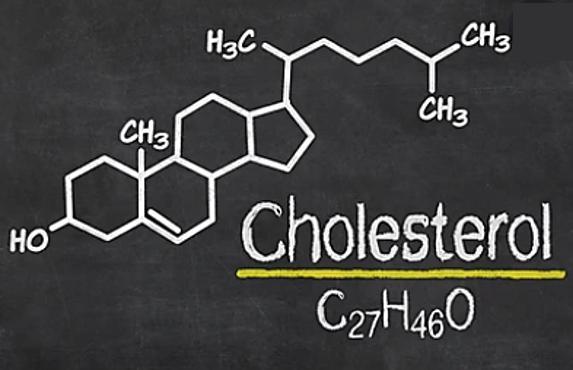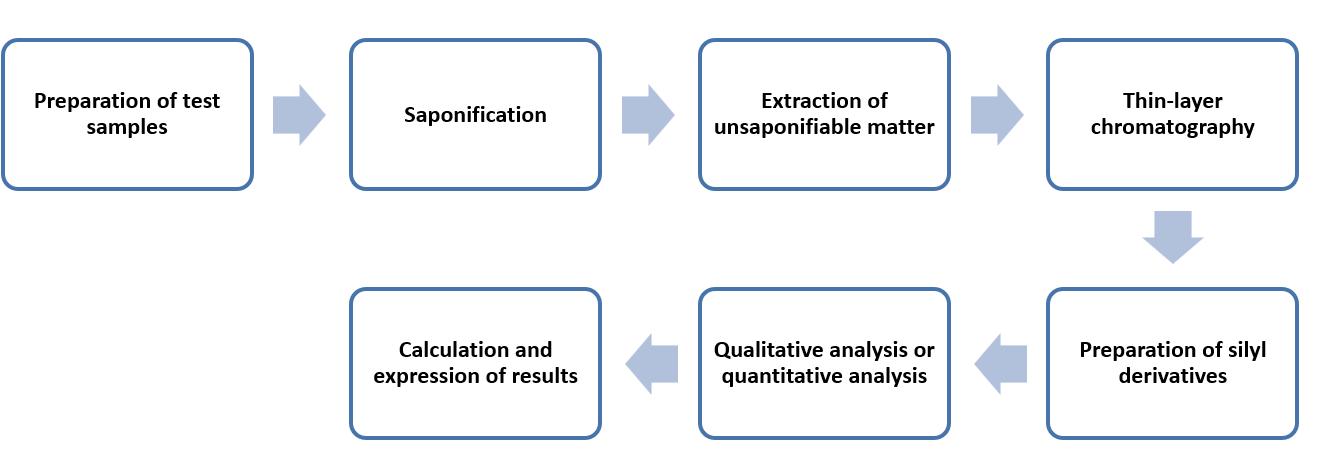Lifeasible specializes in milk fat-related testing and offers services to help determine the sterol composition of milk and milk products.
Determination of sterol composition is essential. The original purpose of determining the sterol composition of milk is to quantitatively evaluate the cholesterol in milk. Cholesterol is necessary for the development of the brain and endocrine system, but excessive intake of cholesterol can cause human diseases such as coronary heart disease. Cholesterol accounts for most of the total milk sterols in cow's milk (94%-98%), goat's milk (94%-98%), sheep's milk (96%-99%), and human milk (88%-95%). In addition, determining the sterol composition of milk and milk products can be used to analyze whether vegetable fats are mixed with milk fat to determine whether milk is adulterated and to measure specific phytosterols (e.g., campesterol and stigmasterol).
 Fig. 1 Chemical structure of cholesterol.
Fig. 1 Chemical structure of cholesterol.
Lifeasible helps determine the sterol composition of a wide range of milk and milk products, including raw milk, homogenized milk, fermented milk, dry milk, cheese, and evaporated milk. We offer two methods to help determine the sterol composition of milk and milk products, the routine method and the reference method. Both methods are based on gas-liquid chromatography.
The method can be used to determine the sterol composition of milk and milk products with added vegetable fats and allows the evaluation of important phytosterols. This procedure has been validated on milk fat samples containing about 28% to 32% vegetable fat. However, this method does not have the purification step and thus can't remove the interference compounds from the unsaponifiable substances. It is better to determine with the reference method for milk fat of unknown origin.
In this method, 5α-cholestane is used as an internal standard. Sterols are extracted and concentrated and then determined by capillary gas-liquid chromatography. The identification of individual sterols is determined by retention time differentiation. The quantification of each sterol is obtained concerning the internal standard.
Operation flow:

Main reference standard:
ISO 18252:2006
The operation of this method is more complicated than the routine method, but the interference of unsaponifiable substances can be excluded by the method.
In this method, adding a thin-layer chromatography (TLC) purification allows the complete removal of the interference of unsaponifiable matter. Unlike the routine method, the method uses betulin as the internal standard, and the sterols to be detected need to be derived to trimethyl-silyl derivatives first.
Operation flow:

Main reference standard:
ISO 12078:2006
If you know the source of milk, milk products, or milk fat, please let us know to facilitate the selection of the appropriate method for the determination.
Lifeasible offers professional services to help determine sterols in milk and milk products, including animal sterols and added phytosterols. With our professional operators and advanced testing equipment, we can efficiently implement sterol composition determination to help analyze milk adulteration and determine milk nutritional information by analyzing cholesterol, campesterol, β-glutensterol, and stigmasterol. Please contact us now to start cooperation.
References
Lifeasible has established a one-stop service platform for plants. In addition to obtaining customized solutions for plant genetic engineering, customers can also conduct follow-up analysis and research on plants through our analysis platform. The analytical services we provide include but are not limited to the following:
Get Latest Lifeasible News and Updates Directly to Your Inbox
Mechanisms Regulating Plant Chloroplast Biogenesis
April 15, 2025